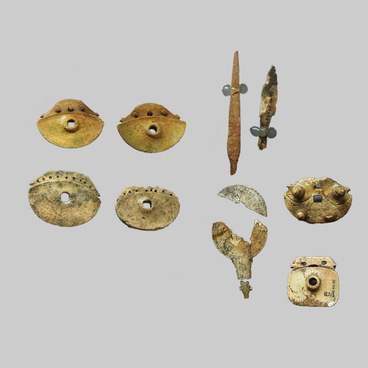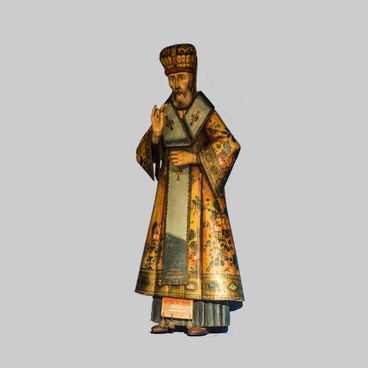Mosasaurus (Latin for ‘the lizard from the Mosa River’, with Mosa being the Latin name for the Meuse River) is a genus of extinct marine reptiles. Mosasaurus comprised a large group of marine reptiles that lived during the Late Cretaceous. Their size ranged from relatively small (about seven meters) to gigantic. The largest found skeleton belongs to a Mosasaurus hoffmanni and is 18 meters long. This specimen could have weighted about 20 metric tons. These lizards had over 130 vertebrae in their spine. Most of the known species lived in the warm, shallow seas prevalent during the Late Cretaceous.
Mosasaurus were very different from modern reptiles: the structure of their internal organs was more reminiscent of cetaceans. They were live-bearing and warm-blooded, and had a high metabolic rate. During the last 20 million years of the Cretaceous period, Mosasaurus pushed out all their competitors, including large sharks and the last pliosaurs, and became the dominant marine predators of their time. They died out along with the dinosaurs and pterosaurs in the mass extinction event that occurred about 66 million years ago at the end of the Cretaceous period.
Early Mosasaurus could swallow huge chunks of food. The later specimens had jaws that allowed them to tear their prey into smaller bits. Using fossils and coprolites, scientists managed to reconstruct the diet of Mosasaurus, which consisted of large bony fish, sharks, turtles, seabirds, shellfish, and other, smaller mosasaurs. Mosasaurus were apex predators of their times, and were at the top of the food chain.
Fragments of a Mosasaurus skeleton were discovered in 2014 on the bank of the Techa River in the Kunashak Region. Some 60 million years ago, there was a shallow and vast sea gulf in the area where Techa is now located, which became the habitat of a whole group of Mosasaurus. These predators had an elongated and streamlined body shape. Their heads were usually quite large compared to their bodies. Their limb bones were short, and their long fingers formed paddles, which helped them turn when moving.
Mosasaurus were very different from modern reptiles: the structure of their internal organs was more reminiscent of cetaceans. They were live-bearing and warm-blooded, and had a high metabolic rate. During the last 20 million years of the Cretaceous period, Mosasaurus pushed out all their competitors, including large sharks and the last pliosaurs, and became the dominant marine predators of their time. They died out along with the dinosaurs and pterosaurs in the mass extinction event that occurred about 66 million years ago at the end of the Cretaceous period.
Early Mosasaurus could swallow huge chunks of food. The later specimens had jaws that allowed them to tear their prey into smaller bits. Using fossils and coprolites, scientists managed to reconstruct the diet of Mosasaurus, which consisted of large bony fish, sharks, turtles, seabirds, shellfish, and other, smaller mosasaurs. Mosasaurus were apex predators of their times, and were at the top of the food chain.
Fragments of a Mosasaurus skeleton were discovered in 2014 on the bank of the Techa River in the Kunashak Region. Some 60 million years ago, there was a shallow and vast sea gulf in the area where Techa is now located, which became the habitat of a whole group of Mosasaurus. These predators had an elongated and streamlined body shape. Their heads were usually quite large compared to their bodies. Their limb bones were short, and their long fingers formed paddles, which helped them turn when moving.



